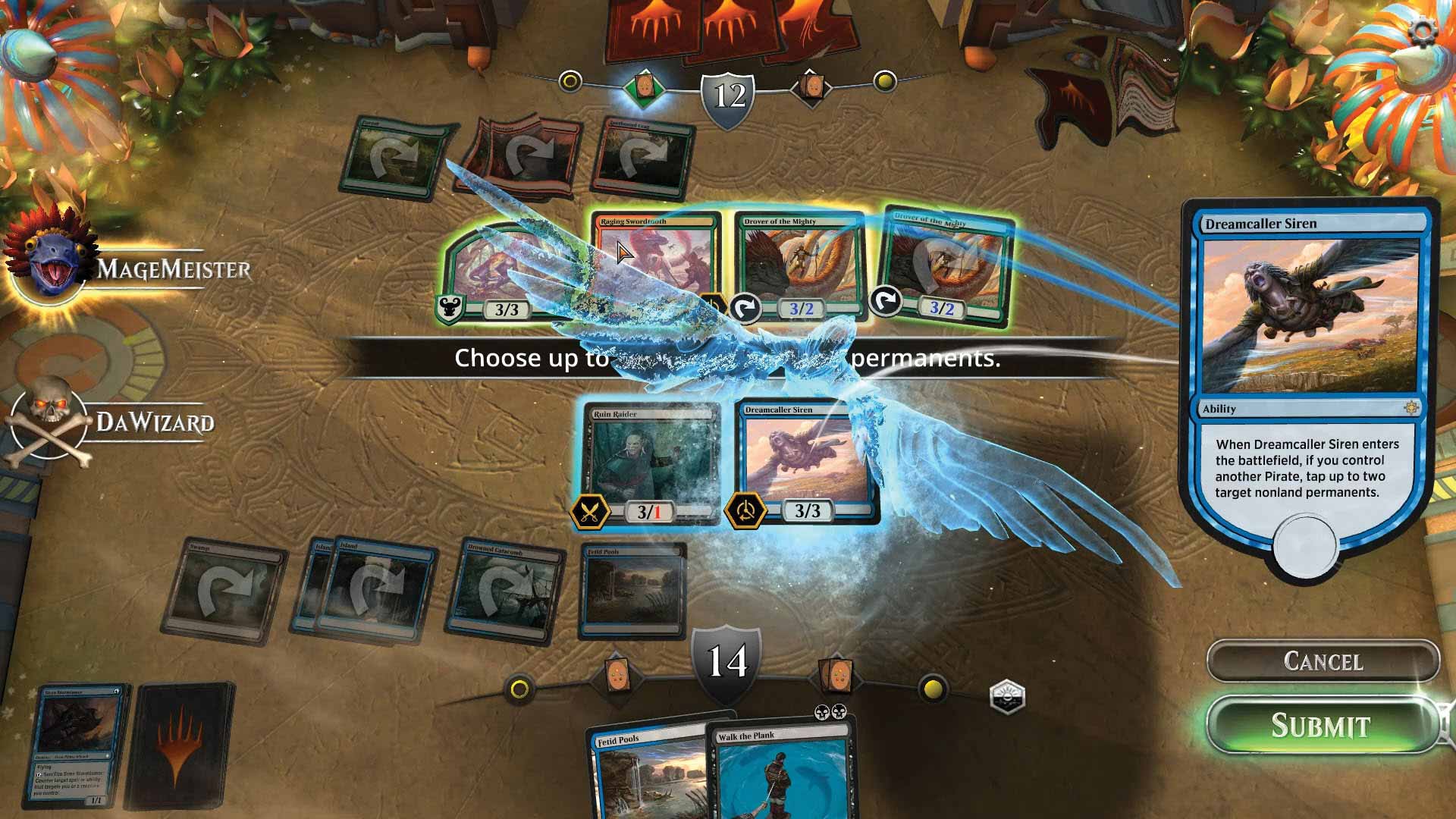Magic: The Gathering is usually a game that captivates players with its rich lore, intricate gameplay, and endless possibilities intended for deck construction. If you’re new to the game in addition to are desperate to get in, building your first deck can think both exciting and overwhelming. Fear not necessarily, as this guide will be your ultimate friend on the quest to being a qualified planeswalker. We are going to walk you through the essentials of deck building, share important tips, and support you unleash your own creativity by crafting a deck that embodies your specific playstyle.
Creating a new competitive Magic: The Gathering deck coming from scratch requires understanding core concepts like mana, creatures, and even spells. You would like to find the right balance between these elements plus choose color combinations that resonate with the strategy. Whether you're working with a limited budget or aiming for event play, this article will provide you with insights and strategies that will cater to almost all levels of experience. So gather your credit cards, get comfortable, in addition to let’s embark on the subject of this exciting journey into the planet of Magic: The Gathering deck setting up.
Crucial Principles of Porch Building
When building your first Magic: The Gathering deck, understanding the core components is important for creating some sort of successful strategy. The well-constructed deck typically comprises a well-balanced blend of mana sources, creatures, and means. Mana is the lifeblood of the deck, allowing an individual to cast periods and summon animals. Aim for around 40 percent involving your deck in order to be lands, when the remaining credit cards should consist regarding a combination of creatures and even spells that blend effectively with one another.
One of the most critical aspects of deck building is definitely ensuring a cohesive strategy. Make a decision on some sort of theme or archetype for your porch, whether it is aggressive, manage, or combo-based. This choice will lead your decisions throughout selecting cards of which not only accomplish your playstyle but also work jointly to achieve your succeed conditions. By focusing on a certain strategy, you can optimize your deck in order to consistently apply strain on your adversary or execute your own game plan using precision.
Finally, testing your deck is important in order to refining its efficiency. Playtest against various opponents and decks to identify strengths and weaknesses. Diverse playtesting will reveal what greeting cards are consistently powerful and which may well need substitution or even adjustment. Don't think twice to iterate on your design structured on feedback along with your own experiences. The more you build relationships your deck in practice, the better you are going to understand how to adapt and boost it over moment.
Choosing Your Cards Sensibly
If building your Magic: The Gathering floor, selecting the right cards is essential for creating a cohesive and effective method. Start by understanding the core components of your deck: animals, spells, and countries. Aim for balanced mix that not necessarily only aligns along with your chosen style or archetype yet also complements every single card's strengths and weaknesses. Ensure that you include cards that satisfy specific roles, this sort of as aggressive animals for an aggro deck or highly effective spells for a control strategy.
When you have a foundation in position, dig deeper into the mechanics of each credit card. Look for cohesions that enhance your current overall strategy. Regarding example, for anyone who is building a combo deck, prioritize cards which could work together to create powerful connections. Additionally, pay MTG Canada singles to the mana cost and even color requirements associated with your cards, that will impact your own ability to cast them efficiently during the game. A new well-constructed deck may ensure that you may consistently play your greeting cards when needed.
Finally, consider the importance of card draw and even removal spells. Card draw helps an individual maintain a steady stream of options, permitting you to always keep your hand complete and adjust to distinct situations. Removal means are essential for dealing with your opponent's threats, giving you the ability to control the board. Balancing MTG will assist you to produce a deck not only has solid individual cards but additionally functions well being an unit, increasing the chances of success found in matches.
Testing and Adjusting Your Deck

Once a person have crafted your own Magic: The Gathering deck, the up coming essential step is testing it. MTG singles against various opposing team and deck types to understand exactly how your strategy contains up in different situations. Keep track involving how each credit card performs during these kinds of games. Exist credit cards that consistently underperform, or strategies that will don't pan out there as expected? This particular analysis is vital for identifying strengths and weaknesses in your deck.
As you collect feedback from your playtests, make tweaks to improve your own deck's overall efficiency. This might indicate swapping out underperforming cards for ones that better match your strategy or perhaps adjusting the mana curve to assure more stable draws. Consider the ratios of beings, spells, and mana sources. Striking the right balance could significantly improve your deck's performance and trustworthiness in games.
Finally, keep in mind that deck building is an continuing process. The Magic: The Gathering metagame is usually changing, together with new expansions in addition to formats emerging on a regular basis. Stay informed about new cards plus strategies, and don't hesitate to change your deck appropriately. Regularly testing plus tweaking your porch can help you keep this fresh and aggressive, ensuring that you are able to unleash your internal planeswalker effectively.
